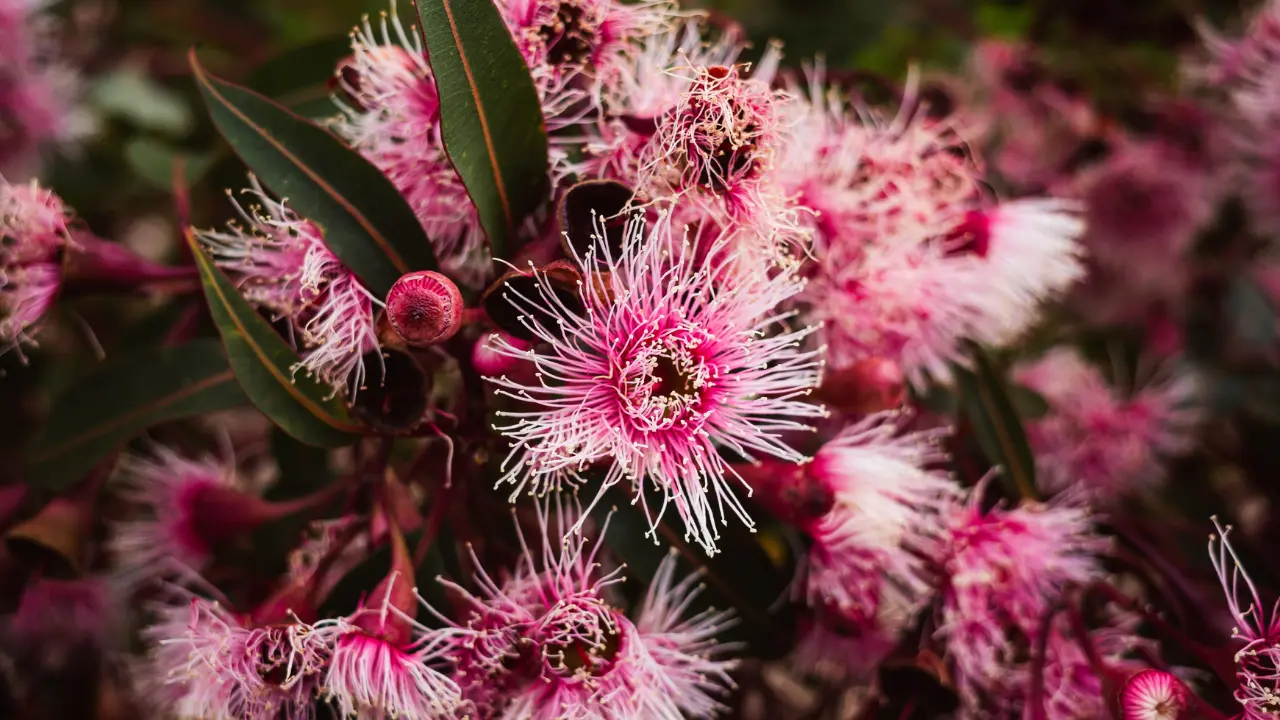Mimosa trees are known for their delicate leaves that fold up when touched. This is why they are often called “touch-me-not” plants. Mimosa trees are native to South America, but they can be found in tropical and subtropical climates around the world.
There are many different species of mimosa trees, but the most common one is the sensitive plant (Mimosa pudica). Sensitive plants are small trees or shrubs that can grow up to 6 feet tall. They have feathery leaves that are green on top and pink or purple on the underside.
Mimosa trees are popular ornamental plants because of their delicate beauty. They are also used in traditional medicine in some cultures. The leaves of mimosa trees contain compounds that have anti-inflammatory and pain-relieving properties.
Table of Contents
Growing Mimosa Trees
Mimosa trees are easy to grow in warm climates. They prefer full sun and well-drained soil. Mimosa trees can be propagated from seed or cuttings.
If you are growing mimosa trees from seed, sow the seeds in a pot of well-drained soil. Keep the soil moist but not soggy. The seeds will germinate in about 2 weeks.
If you are growing mimosa trees from cuttings, take a 6-inch cutting from a healthy plant. Remove the bottom leaves from the cutting and dip it in rooting hormone. Plant the cutting in a pot of well-drained soil. Keep the soil moist but not soggy. The cutting will root in about 4 weeks.
Also read: Japanese Beech Fern: A Beautiful and Versatile Plant
Caring for Mimosa Trees
Mimosa trees are relatively low-maintenance plants. They need to be watered regularly, but they should not be overwatered. Mimosa trees also need to be fertilized every few months.
Mimosa trees are susceptible to a few pests and diseases. The most common pests are mealybugs and scale insects. The most common disease is leaf spot.
Mimosa Trees in the Landscape
Mimosa trees are beautiful ornamental plants that can be used in a variety of ways in the landscape. They can be used as single specimens, in shrub borders, or in mass plantings. Mimosa trees can also be used as hedges or screens.
Mimosa Trees and Wildlife
Mimosa trees are attractive to a variety of wildlife. The nectar from the flowers attracts butterflies and hummingbirds. The leaves of mimosa trees provide food for caterpillars.
Mimosa Trees and Human Use
Mimosa trees have been used for centuries in traditional medicine. The leaves of mimosa trees contain compounds that have anti-inflammatory and pain-relieving properties. Mimosa trees have also been used to treat a variety of other medical conditions, including fever, diarrhea, and dysentery.
Conclusion
Mimosa trees are beautiful and versatile plants that can be enjoyed in the landscape or used for medicinal purposes. They are easy to grow and care for, and they are attractive to wildlife. If you are looking for a unique and interesting plant to add to your garden, consider a mimosa tree.

